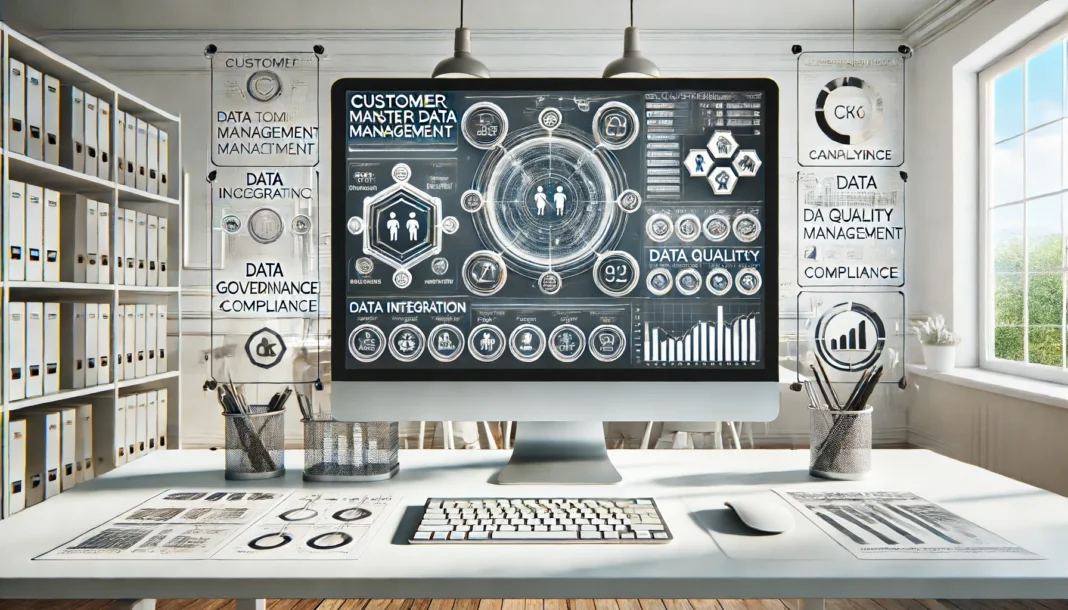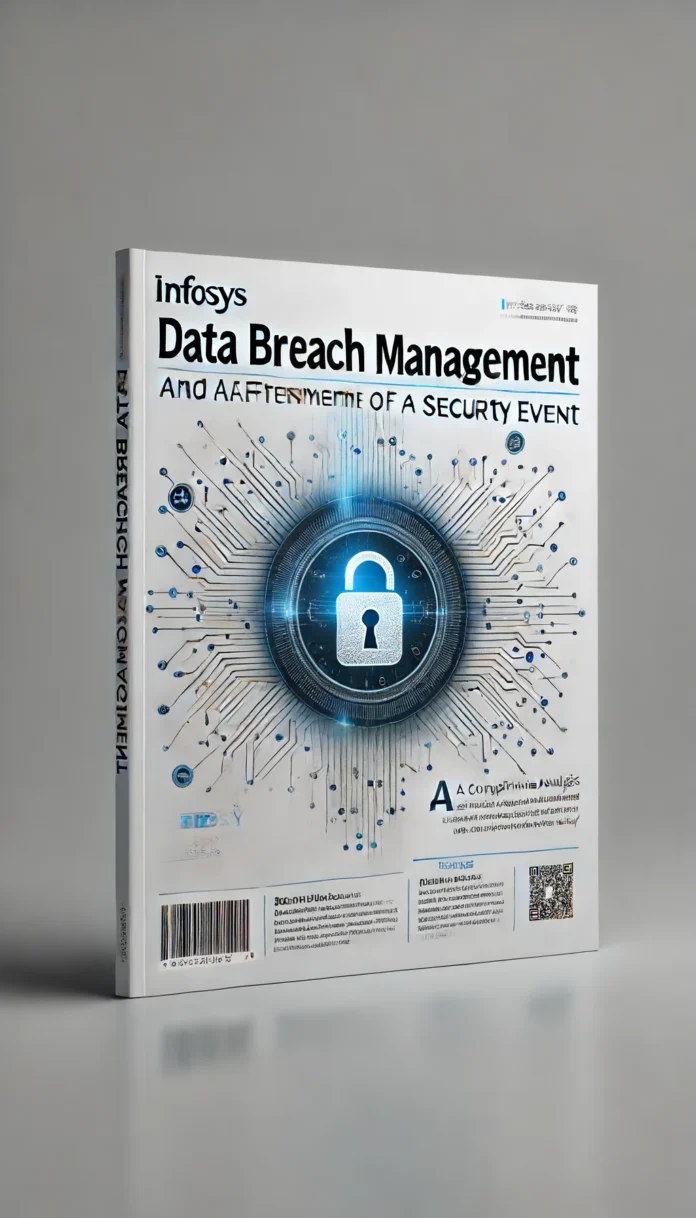In today’s data-driven world, businesses are inundated with customer information from various channels, ranging from sales and marketing to support and social media. Managing this vast amount of data effectively is crucial for delivering personalized customer experiences, ensuring compliance with data protection regulations, and making data-driven decisions. However, many businesses struggle with fragmented, inconsistent, and outdated customer data, leading to inefficiencies and missed opportunities. This challenge is precisely why organizations are searching for robust Customer Master Data Management (MDM) solutions.
A well-implemented Customer MDM solution can consolidate and standardize customer data across multiple sources, ensuring accuracy, consistency, and completeness. This article highlights the critical features and functionalities that make an effective Customer MDM solution, helping businesses choose the right tool to manage their customer data effectively.
Key Features of Effective Customer MDM Solutions
1. Data Integration and Consolidation
Effective Customer MDM solutions should seamlessly integrate data from various sources, including CRM systems, ERP systems, marketing automation platforms, and external data sources. This integration ensures that all customer data is consolidated into a single, unified view, eliminating data silos and providing a comprehensive understanding of each customer.
Justification:
- Statistical Data: According to a survey by Gartner, organizations that have successfully implemented MDM solutions saw a 20% reduction in data management costs and a 30% increase in data accuracy.
- Real-World Example: A leading retail company integrated its CRM and e-commerce platforms with an MDM solution, resulting in a 25% increase in cross-selling opportunities and a 15% improvement in customer retention.
2. Data Quality Management
Ensuring high-quality data is crucial for the success of any Customer MDM solution. Features such as data cleansing, deduplication, validation, and enrichment are essential for maintaining accurate and reliable customer data. These functionalities help eliminate duplicate records, correct errors, and fill in missing information, ensuring that the data used for decision-making is trustworthy.
Justification:
- Statistical Data: A study by Experian found that poor data quality costs businesses an average of 12% of their revenue. Implementing data quality management features can significantly reduce this impact.
- Real-World Example: A financial services firm improved its data accuracy by 40% after implementing an MDM solution with robust data quality management features, leading to better-targeted marketing campaigns and higher customer satisfaction.
3. Data Governance and Compliance
With increasing data privacy regulations such as GDPR and CCPA, robust data governance and compliance features are critical for any Customer MDM solution. These features should include role-based access controls, audit trails, data lineage tracking, and compliance reporting to ensure that customer data is handled securely and in compliance with relevant regulations.
Justification:
- Statistical Data: According to a report by IDC, companies that prioritize data governance see a 45% improvement in data security and compliance.
- Real-World Example: A healthcare provider implemented an MDM solution with strong data governance features, achieving full compliance with HIPAA regulations and reducing the risk of data breaches by 50%.
4. Scalability and Flexibility
As businesses grow, their data management needs evolve. An effective Customer MDM solution should be scalable to handle increasing volumes of data and flexible to adapt to changing business requirements. Cloud-based MDM solutions often provide the scalability and flexibility needed to support dynamic business environments.
Justification:
- Statistical Data: Research by Forrester indicates that 60% of businesses prefer cloud-based MDM solutions due to their scalability and lower total cost of ownership.
- Real-World Example: A multinational corporation adopted a cloud-based MDM solution, enabling them to scale their data management capabilities across different regions and departments, resulting in a 35% increase in operational efficiency.
5. Advanced Analytics and Insights
To derive actionable insights from customer data, Customer MDM solutions should offer advanced analytics and reporting features. These tools enable businesses to perform data analysis, identify trends, and generate reports that inform strategic decision-making. Features like machine learning and predictive analytics can further enhance the value of customer data.
Justification:
- Statistical Data: A McKinsey report states that companies using advanced analytics achieve a 15-20% increase in marketing ROI.
- Real-World Example: An e-commerce company leveraged advanced analytics features in their MDM solution to analyze customer behavior, resulting in a 20% increase in conversion rates and a 10% reduction in customer churn.
6. User-Friendly Interface and Usability
For widespread adoption and effective use, Customer MDM solutions should have a user-friendly interface and be easy to use for both technical and non-technical users. Intuitive dashboards, drag-and-drop functionality, and customizable views enhance usability and ensure that users can easily navigate and manage customer data.
Justification:
- Statistical Data: According to a study by PwC, 73% of business executives consider user experience a key factor in the success of software implementations.
- Real-World Example: A telecom company implemented an MDM solution with an intuitive interface, leading to a 50% reduction in training time and a 30% increase in user adoption.
Conclusion: Choosing the Right Customer MDM Solution
Selecting the right Customer MDM solution is crucial for managing customer data effectively and unlocking its full potential. By focusing on key features such as data integration, data quality management, data governance, scalability, advanced analytics, and usability, businesses can ensure that their MDM solution meets their needs and drives success.
Investing in a robust Customer MDM solution not only enhances data accuracy and consistency but also supports compliance efforts, improves decision-making, and ultimately leads to better customer experiences and business outcomes. As businesses continue to navigate the complexities of customer data management, choosing the right MDM solution will be a critical factor in their success.





